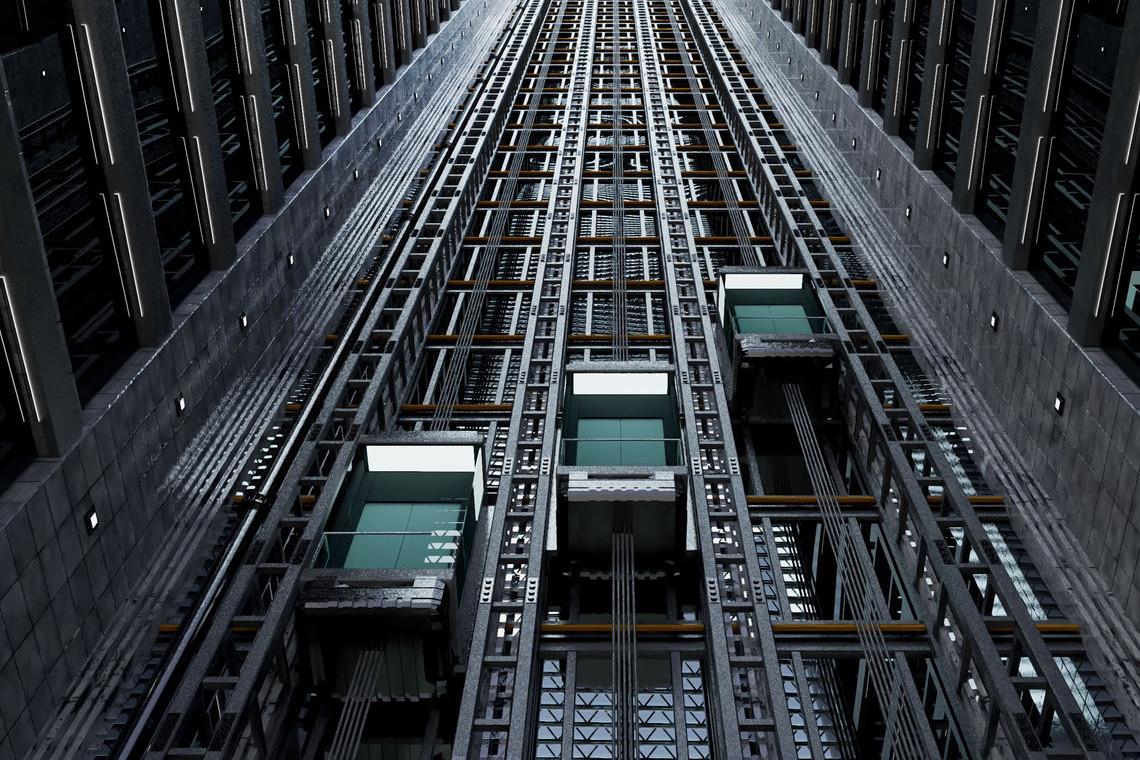The Impact of IoT on the Smart Elevator Automation System Market Growth

In today’s fast-paced urban landscape, smart elevator automation systems are no longer a futuristic luxury they're a necessity. As urbanization intensifies and buildings reach for the skies, the demand for intelligent, efficient, and safe vertical transportation has surged. This shift has propelled the smart elevator market into the spotlight, and its performance over the past few years reveals not only robust growth but also a technological transformation that's reshaping the infrastructure of modern cities.
Market Overview and Growth Trajectory
The global smart elevator automation system market has shown a consistently upward trajectory, with projections estimating its valuation to reach well over $30 billion by the end of this decade. The growth is underpinned by several key drivers: the rapid increase in high-rise construction, rising investments in smart city infrastructure, and the growing emphasis on energy-efficient systems.
From 2020 to 2025, the market has been growing at a compound annual growth rate (CAGR) of approximately 9–12%. While North America and Europe remain mature markets with strong adoption rates, the Asia-Pacific region especially China, India, and Southeast Asia—is demonstrating the highest growth potential due to aggressive urban development and government-backed smart city initiatives.
Technological Advancements Fueling Demand
The smart elevator systems of today go far beyond basic automation. They integrate Internet of Things (IoT) capabilities, artificial intelligence (AI), cloud connectivity, and predictive maintenance technologies. These features allow elevators to analyze traffic patterns, optimize performance in real time, and ensure prompt maintenance—often before a malfunction can occur.
Key players in the industry such as Otis Elevator, KONE, Schindler, and Thyssenkrupp have introduced products that include destination dispatch systems, biometric access, and smartphone-based controls. These innovations enhance user experience, increase efficiency, and reduce energy consumption appealing to both building owners and tenants.
Moreover, smart elevators are increasingly being integrated into building management systems (BMS), allowing for seamless communication between elevators, security systems, HVAC, and lighting, forming a fully interconnected smart building ecosystem.
Market Segmentation and Applications
Smart elevator automation systems are segmented by component (control systems, maintenance systems, and communication systems), application (residential, commercial, institutional), and services (new installation, modernization, and maintenance).
Commercial applications dominate the market, particularly in business hubs and luxury hotels where high efficiency and premium service are critical. However, the residential sector is rapidly catching up, driven by the rise of luxury apartments and urban vertical housing trends.
Modernization is a particularly lucrative segment within the market. Aging infrastructure in developed economies is being retrofitted with smart technologies, often as part of broader energy-efficiency and safety improvement initiatives.
Challenges and Market Restraints
Despite its rapid growth, the smart elevator market faces several challenges. High initial investment costs remain a barrier, particularly for small-scale developers and in regions with budget constraints. In addition, the complexity of integrating new systems into older buildings can hinder widespread adoption.
Cybersecurity is another emerging concern. As elevators become more connected, they also become vulnerable to digital threats. Ensuring robust cybersecurity protocols and data privacy compliance will be critical to maintaining user trust and system integrity.
Future Outlook
Looking ahead, the smart elevator automation market is poised to play a pivotal role in the evolution of smart cities and intelligent infrastructure. Integration with 5G networks, advanced AI algorithms, and further improvements in predictive analytics will drive the next wave of innovation.
Governments and developers that prioritize digital transformation and sustainable development will likely see the highest return on investment from these systems. As buildings become smarter, so too must the technologies that connect every floor—and the companies that recognize this early will lead the way in a vertical future.
- Art
- Causes
- Crafts
- Dance
- Drinks
- Film
- Fitness
- Food
- Games
- Gardening
- Health
- Home
- Literature
- Music
- Networking
- Other
- Party
- Religion
- Shopping
- Sports
- Theater
- Wellness


